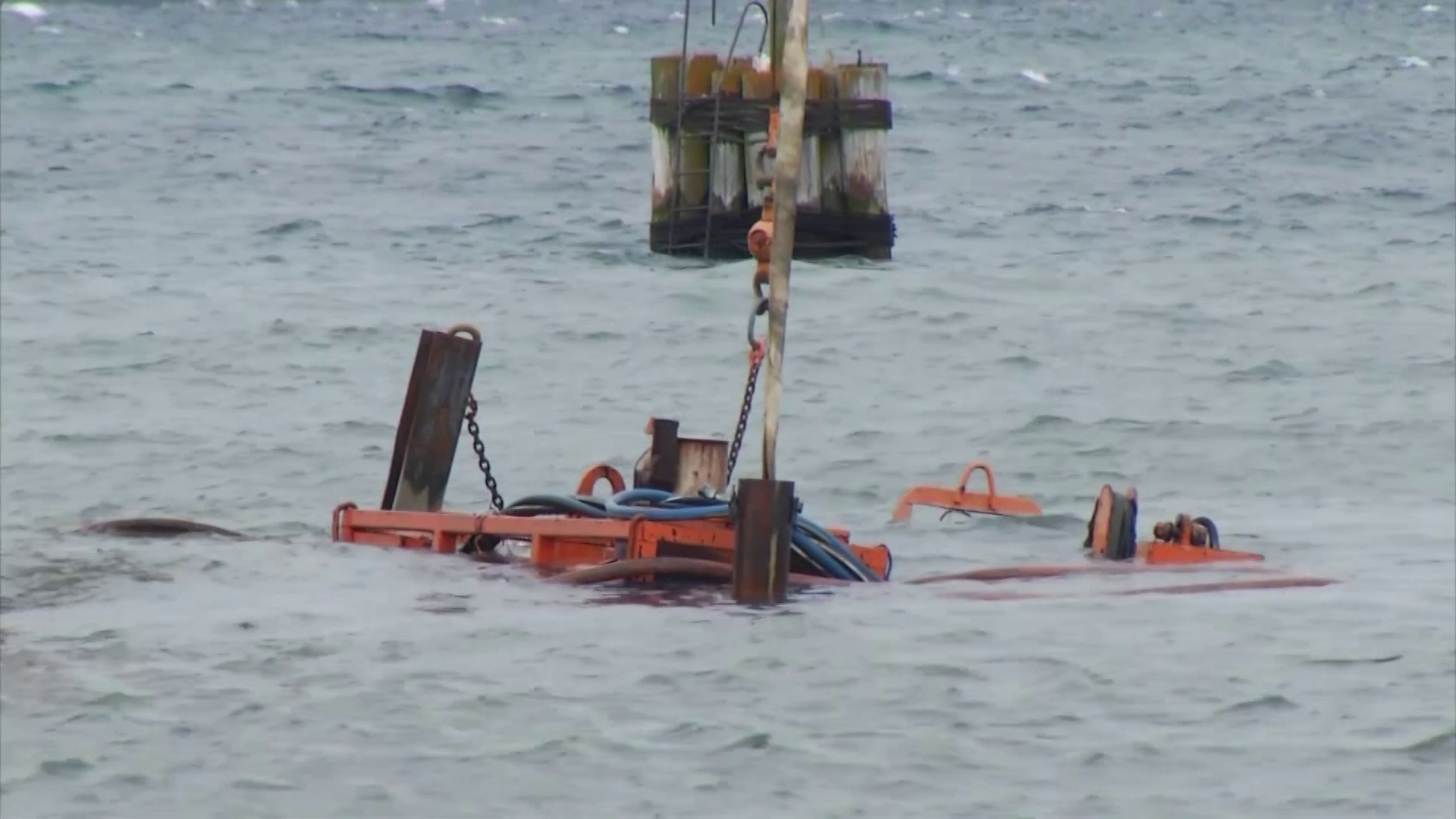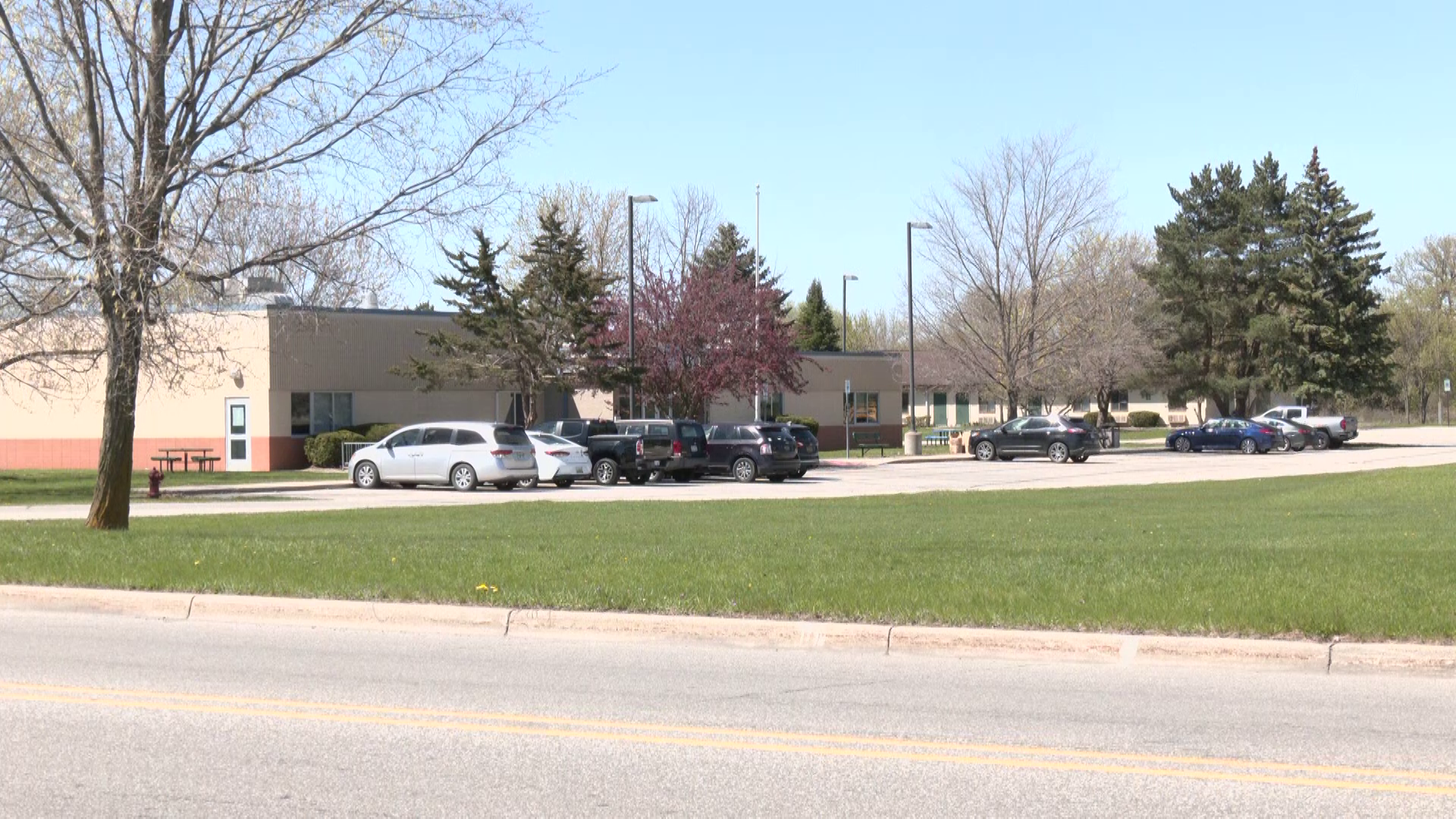



More than 30 Intermediate School Districts all across the state are announcing a new effort to recruit and attract teachers to the profession. Saying the teacher shortage is now at a crisis level, superintendents are joining together to announce a new program that could help.
In all, 31 different ISD’s held a joint, virtual event on Tuesday to unveil a new initiative they’re calling “Talent Together.”
Dr. Daveda Colbert, the Wayne RESA Superintendent, says “Talent Together is the largest education preparation partnership in Michigan’s history.”
“Talent Together is committed to building a statewide program focused on quality. This means eliminating financial barriers, addressing vacancies, particularly in early childhood and special education,” says Washtenaw ISD Superintendent Naomi Norman.
They cite a drop in enrollment of 66% for college students who want to become teachers, and they say the need is greatest in Special Education and Early Childhood programs.
Talent Together aims to create a training program that could also eliminate financial barriers for prospective teachers, and apprenticeships and teacher training that could happen inside of local ISD’s in partnership with colleges and universities.
Matt Olson with Northwest Education Services is the Assistant Superintendent of Professional Learning and Innovation. He says “the ISD’s are geographically and organizationally positioned to be everywhere in the state. That’s an opportunity really kind of grow our own…. So we can have a stronger system to build up the talent that’s here in our region.”
“Together we are asking for the opportunity to be utilized differently, and to a greater extent than ever before in the training and development of future educators,” Ottawa Area ISD Superintendent Kyle Mayer says,
“We’re not actually looking to be competitive with folks who are currently in traditional-route certification programs. We think we can add … to those, says Jack Elsey with the Michigan Educator Workforce Initiative.”
The problems stretch from southeast Michigan to the U.P. And the program could help districts large and small with different demographics.
“It’s always been a challenge especially for the northern portion of our state when it comes to rural areas. Because frankly we don’t have the density of teacher preparation institutions,” Olson says.
“This is a way to generate more certified teachers,” adds Marquette Alger RESA Superintendent Dr.Greg Nyen. He says they have “between 30-40 unfilled positions. We’ve got administrators filling in, we’ve got that revolving door of substitutes when they are available.”
In the Eastern U.P., ISD Superintendent Dr. Angie McArthur says, “in K-12 teaching positions, I have 26 current positions open. This doesn’t even touch early childhood openings… and 53% of our children 0-5 do not have access to daycare.”
It’s strength in numbers that these superintendents hope can make a difference. “This is real for districts urban and rural… The solution is bigger than us at the local level,” says Ypsilanti Community Schools Dr. Alena Zachery-Ross.
Superintendents say something innovative needs to be done to help with the teacher shortage. “Our program will be responsive to people that are coming in with no college credit, some college credit, almost a Bachelor’s degree. And even if they currently have a Bachelor’s degree, we’ll have an on-ramp and a program for them,” Jack Elsey says. “Depending on where they are starting from, that may take one year at minimum. It may take multiple years if they don’t have a Bachelor’s Degree.”
“We don’t want people to quit their lives and have to go back to school. We can’t do that. We’re going to meet people where they’re at and remove barriers so that they can become certified,” says Jackson ISD Superintendent Kevin Oxley.
Angie McArthur adds, “we want to really start building that pipeline to get these folks in quickly and into high-quality programming, because that ultimately impacts our kids all the way up.”
Addressing the teacher also means saving other programs beyond the traditional graduation requirements, according to Char-Em ISD Superintendent Scott Koziol. “Trying to provide, especially in rural areas, additional opportunities for students to have experiences – unfortunately those are the first things … that will be sacrificed,” he says. “While our districts are doing a tremendous jobs to keep those programs alive, if we don’t respond to this crisis now there’s no guarantee those programs will be able to continue.”
Koziol is optimistic that a new training program will help, even in an environment where districts compete for talent. “I don’t know if we’ll ever eliminate the competitive nature of finding a job in the teaching profession, that’s always going to be there,” he says. “Where we used to see 20 candidates we’re now getting five or six and it just creates a real problem.”
Jack Elsey says it’s even possible the program could find teachers who are right out of high school, with the right training. That would include early college programs and on-site training at ISD’s.
“It’s not a ‘silver bullet.’ Complex problems require complex solutions. This is one way we’re seeking to ease pressure on a situation that’s been getting progressively more and more challenging over time,” Matt Olson says. “We feel like Talent Together really has the potential to make a significant dent… for education and the teacher shortage.”
The Superintendents say this education partnership is the largest of its kind in state history: with 31 ISD’s spanning 48 counties in both peninsulas, in Intermediate School Districts that represent 950,000 students. Daveda Colbert worries that “with no interventions it will definitely get worse every year.” She adds, “It’s not just teachers but also psychologists and social workers as well as counselors.”
The Educator Workforce Initiative will help design the program and apply to the Dept. of Education and Dept. of Labor for final approval. “We’re on track for the first candidates to our program, enrolling in the Fall of 2023,” Koziol says. “This program will produce hundreds of additional teachers in the next five years.”



© 2023 - 910 Media Group


